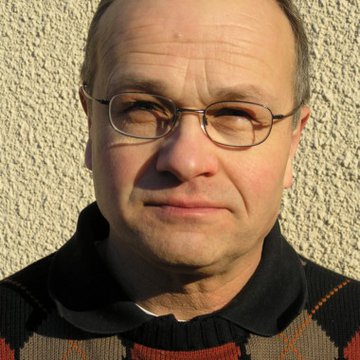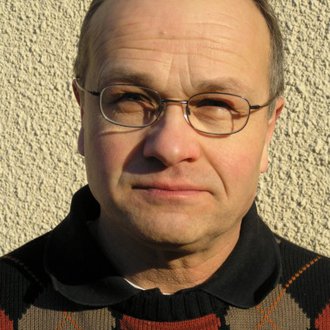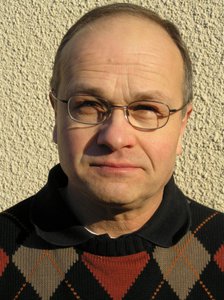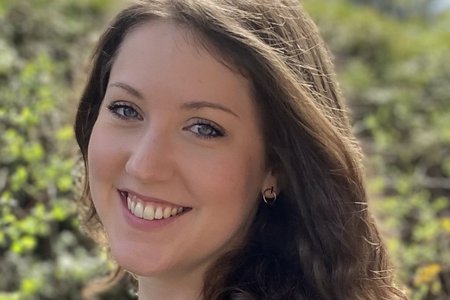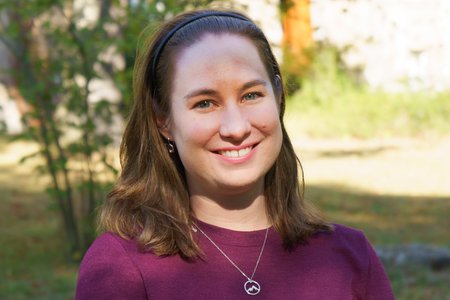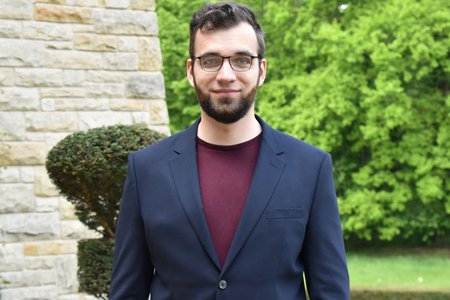In memoriam of Dr. Fritz Henry Aurass
Dr. Fritz Henry Aurass died aged 68 on 5 December 2016.
Henry Aurass studied geophysics in his home town Leipzig and obtained his PhD in 1973. He then started to work at the Zentralinstitut für solar-terrestrische Physik der Akademie der Wissenschaften of the GDR. In 1975, he joined the scientific staff of the observatory for solar radio astronomy in Tremsdorf, where he was appointed head of the department from 1978 to 1991. 1994, he completed his habilitation at the University of Potsdam.
Dr. Aurass was strongly involved in developing the field of solar radio astronomy in Germany. He was a worldwide renown and honoured scientist, who published 124 scientific papers counting 2950 citations and who was invited to talks at manifold astronomical conferences. Together with his colleagues and friends, Dr. Axel Hofmann (AIP, Potsdam) and Dr. Karl-Ludwig Klein (Observatory Paris-Meudon), he accomplished to determine the magnetic fields in the sources of radio bursts in the meter wave range.
After the fall of the Iron Curtain, he spoke up for a close collaboration between colleagues from eastern and western Europe. Dr. Aurass was also a long-term board member of the Community of European Solar Radio Astronomers (CESRA).
The funeral will take place on 6 January 2017 at 12.30 pm at the Goethestraße cemetery in Potsdam-Babelsberg.
Dr. Fritz Henry Aurass died aged 68 on 5 December 2016.
Henry Aurass studied geophysics in his home town Leipzig and obtained his PhD in 1973. He then started to work at the Zentralinstitut für solar-terrestrische Physik der Akademie der Wissenschaften of the GDR. In 1975, he joined the scientific staff of the observatory for solar radio astronomy in Tremsdorf, where he was appointed head of the department from 1978 to 1991. 1994, he completed his habilitation at the University of Potsdam.
Dr. Aurass was strongly involved in developing the field of solar radio astronomy in Germany. He was a worldwide renown and honoured scientist, who published 124 scientific papers counting 2950 citations and who was invited to talks at manifold astronomical conferences. Together with his colleagues and friends, Dr. Axel Hofmann (AIP, Potsdam) and Dr. Karl-Ludwig Klein (Observatory Paris-Meudon), he accomplished to determine the magnetic fields in the sources of radio bursts in the meter wave range.
After the fall of the Iron Curtain, he spoke up for a close collaboration between colleagues from eastern and western Europe. Dr. Aurass was also a long-term board member of the Community of European Solar Radio Astronomers (CESRA).
The funeral will take place on 6 January 2017 at 12.30 pm at the Goethestraße cemetery in Potsdam-Babelsberg.
Images
Fritz Henry Aurass
